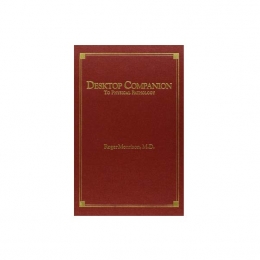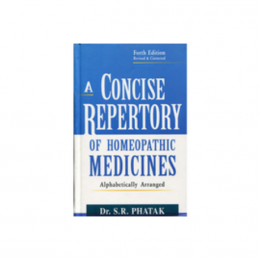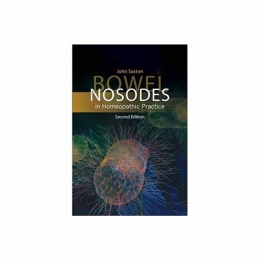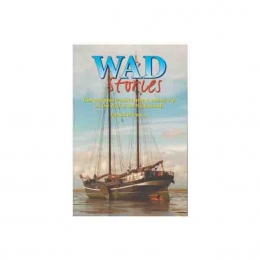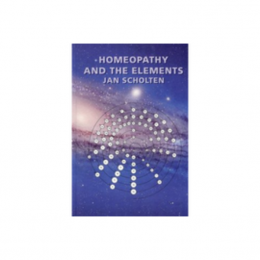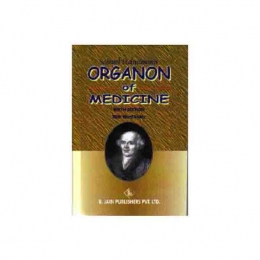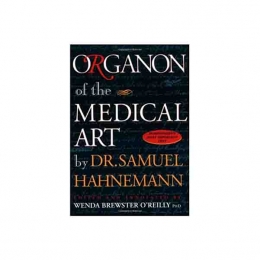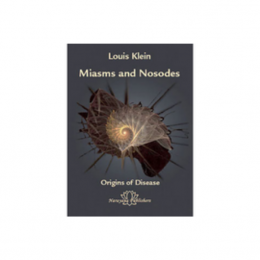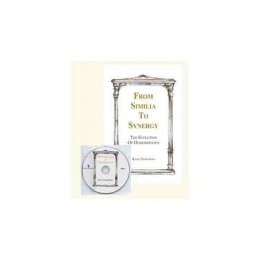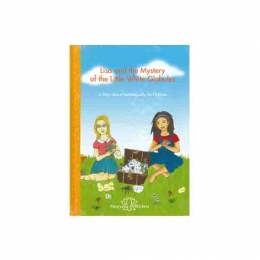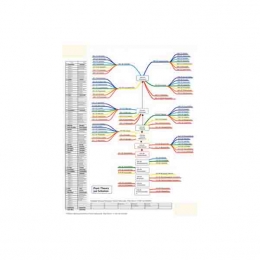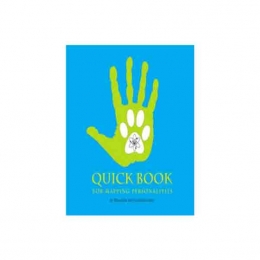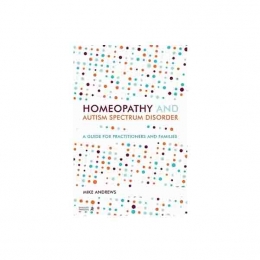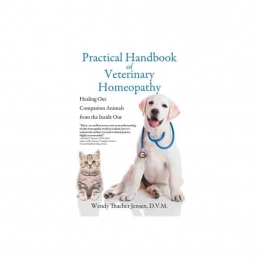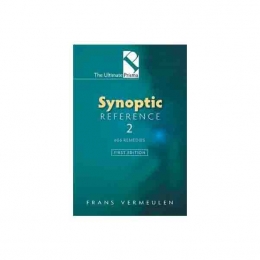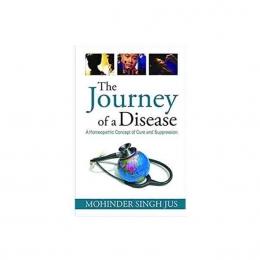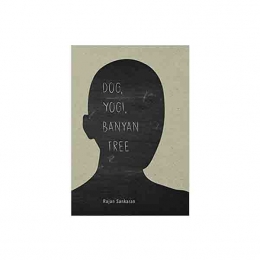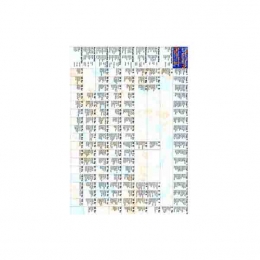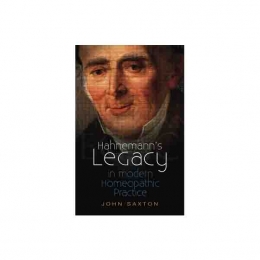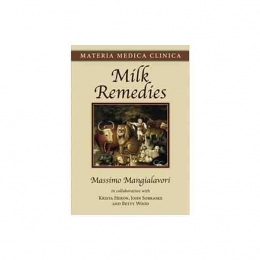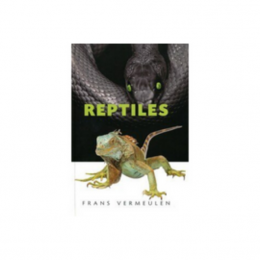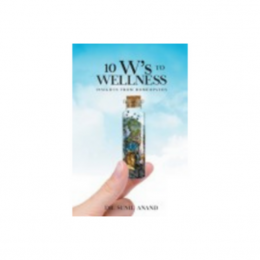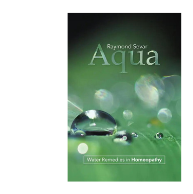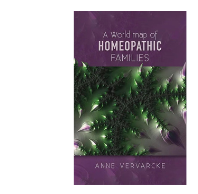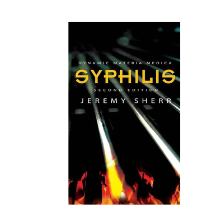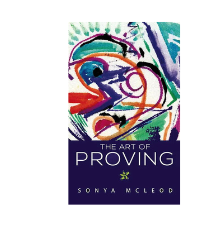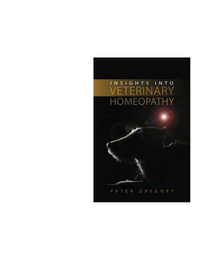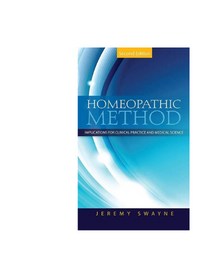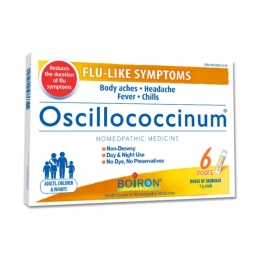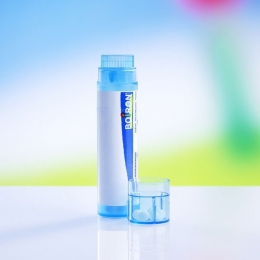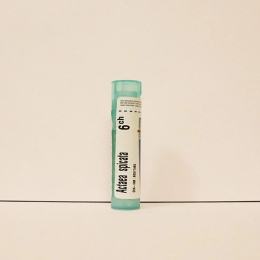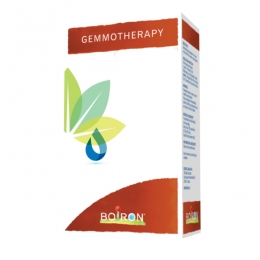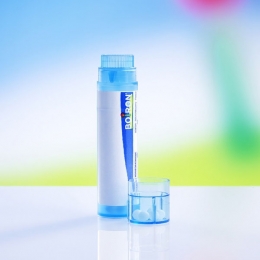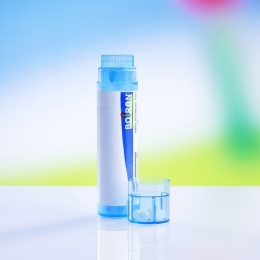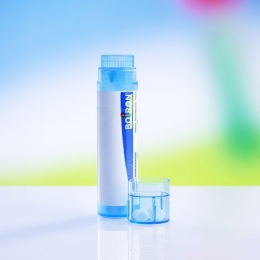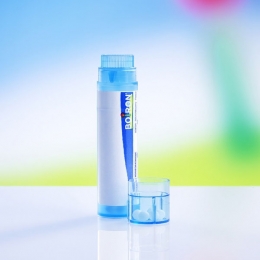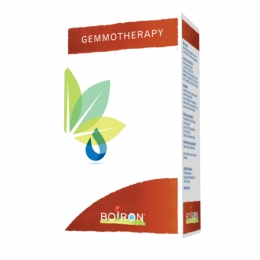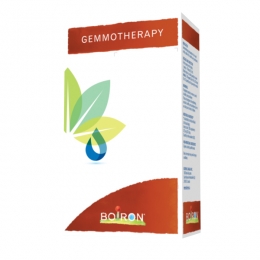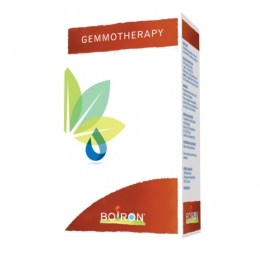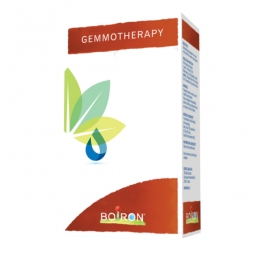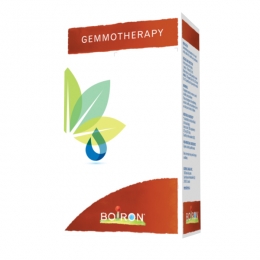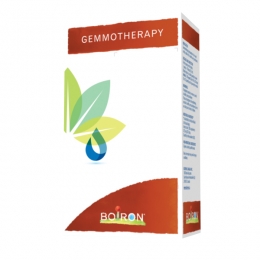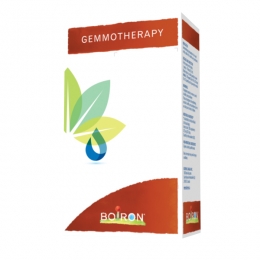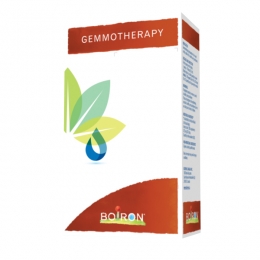From Boericke's materia medica:
(Black Sulphide of Antimony) For homeopathic employment, the mental symptoms, and those of the gastric sphere, determine its choice. EXCESSIVE IRRITABILITY AND FRETFULNESS, together with a THICKLY-COATED WHITE TONGUE, are true guiding symptoms to many forms of disease calling for this remedy. All the conditions are aggravated by HEAT AND COLD BATHING. Cannot bear heat of sun. Tendency to grow fat. An absence of pain, where it could be expected, is noticeable. Gout with gastric symptoms.
Mind
Much concerned about his fate. Cross and contradictive; whatever is done fails to give satisfaction. Sulky; does not wish to speak. Peevish; vexed without cause. CHILD CANNOT BEAR TO BE TOUCHED OR LOOKED AT. Angry at every little attention. Sentimental mood.
Head
Aching, worse in vertex, on ascending, FROM BATHING, from DISORDERED STOMACH, especially from eating candy or drinking acid wines. Suppressed eruptions. Heaviness in forehead. with vertigo; nausea, and nosebleed. Headache with great loss of hair.
Eyes
Dull, sunken, red, itch, inflamed, agglutinated. CANTHI RAW AND FISSURED. Chronic BLEPHARITIS. Pustules on cornea and lids.
Ears
Redness; swelling; pain in eustachian tube. Ringing and deafness. Moist eruption around ear.
Nose
Nostrils CHAPPED AND COVERED WITH CRUSTS. ECZEMA OF NOSTRILS, SORE, CRACKED AND SCURFY.
Face
Pimples, pustules, and boils on face YELLOW CRUSTED ERUPTION ON CHEEKS and chin. Sallow and haggard.
Mouth
CRACKS IN CORNERS OF MOUTH. Dry lips. Saltish saliva. Much slimy mucus. TONGUE COATED THICK WHITE, AS IF WHITEWASHED. Gums detach from teeth; bleed easily. Toothache in hollow teeth. Rawness of palate, with expectoration of much mucus. CANKER SORES. Pappy taste. No thirst. Subacute eczema about mouth. Throat. Much thick yellowish mucus from posterior nares. Hawking in open air. Laryngitis. Rough voice from over use.
Stomach
LOSS OF APPETITE. DESIRE FOR ACIDS, PICKLES. Thirst in evening and night. ERUCTATION TASTING OF THE INGESLA. Heartburn, nausea, vomiting. After nursing, the child vomits its milk in curds, and refuses to nurse afterwards, and is very cross. Gastric and intestinal complaints from bread and pastry, acids, sour wine, cold bathing, overheating, hot weather. CONSTANT BELCHING. Gouty metastasis to stomach and bowels. Sweetish waterbrash. BLOATING AFTER EATING.
Stool
Anal itching. (SULPHO-CALC. ALUM.) DIARRHEA ALTERNATES WITH CONSTIPATION, especially in old people. Diarrhoea after acids, sour wine, baths, overeating; slimy, flatulent stools. Mucous piles, CONTINUED OOZING OF MUCUS. HARD LUMPS MIXED WITH WATERY DISCHARGE. CATARRHAL PROCTITIS. Stools composed entirely of mucus. Urine. Frequent, with burning, and backache; turbid and foul odor.
Male
Eruption on scrotum and about genitals. Impotence. Atrophy of penis and testicles.
Female
Excited; parts itch. Before menses, toothache; menses too early and profuse. Menses suppressed from cold bathing, with feeling of pressure in pelvis and tenderness in ovarian region. Leucorrhoea watery; acrid, lumpy.
Respiratory
Cough worse COMING INTO WARM ROOM, with burning sensation in chest, IKHING OF CHEST, oppression. Loss of voice from becoming overheated. VOICE HARSH AND BADLY PITCHED,
Back
Itching and pain of neck and back.
Extremities
Twitching of muscles. Jerks in arms. ARTHRITIC PAIN IN FINGERS. Nails brittle; grow out of shape. Horny warts on hands and soles. Weakness and shaking of hands in writing followed by offensive flatulence. FEET VERY TENDER; covered with large horny places. Inflamed corns. Pain in heels.
Skin
Eczema with gastric derangements. Pimples, vesicles, and pustules. Sensitive to cold bathing. Thick, hard, honey-colored scabs. URTICARIA; measle-like eruption. Itching when warm in bed. Dry skin. WARTS. (THUJA; SABINA; CAUST.) Dry gangrene. Scaly, pustular eruption with burning and itching, worse at night.
Sleep
CONTINUAL DROWSINESS IN OLD PEOPLE.
Fever
Chilly even in warm room. Intermittent with disgust, nausea, vomiting, eructations, coated tongue, diarrhoea. Hot sweat.
Modalities
WORSE in evening, from heat, acids, wine, water, and washing. Wet poultices. BETTER in open air, during rest. Moist warmth.
Antimonium crudum is a great homeopathic remedy indicated for:
- Indigestion
- Stomach upsets
- Stomach ulcers
- Dyspepsia
- Digestive problems




